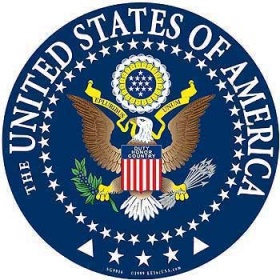Article written by Hal Brands and originally published by Bloomberg at: https://www.bloomberg.com/opinion/articles/2021-05-16/china-s-land-grab-in-bhutan-is-the-new-face-of-war
(Photo: Buddha at the border. Photographer: Arun Sankar/AFP/Getty Images)
The Pax Americana made outright invasions too risky, so autocrats are swallowing their neighbors one piece at a time.














